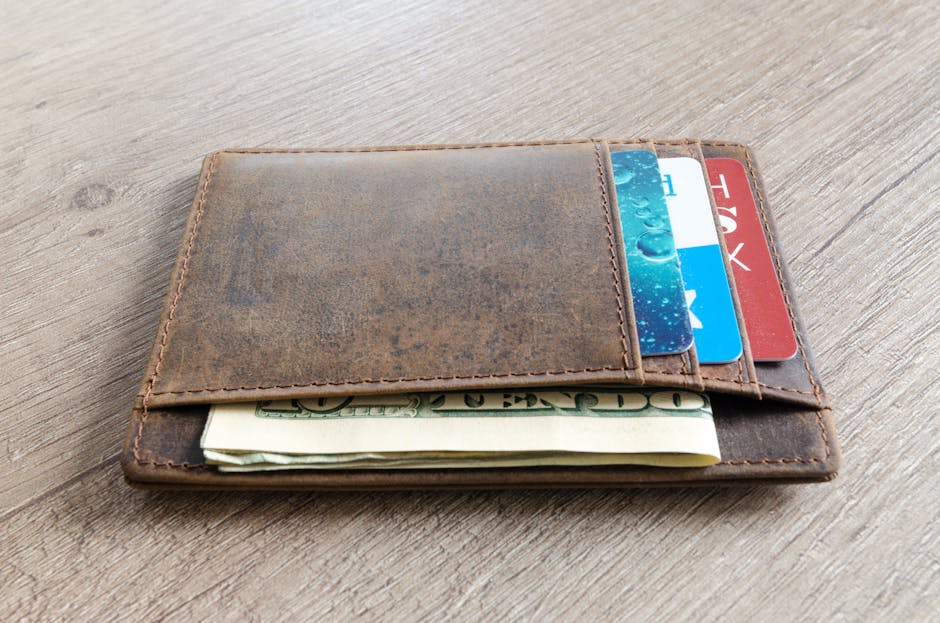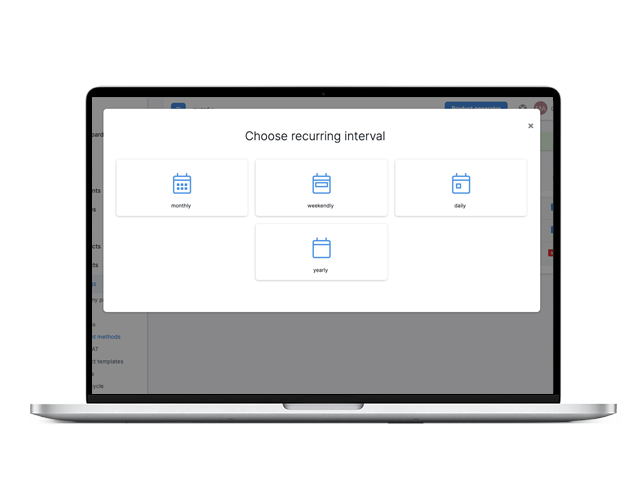How to Use Recurring Payments to Increase Your Sales
Are you looking for a way to increase your sales? If so, you may want to consider using recurring payments. Recurring payments are a type of payment that is made on a regular basis, typically monthly or yearly. They can be used to pay for subscriptions, membership fees, and other recurring charges.

Photo by Lukas on Pexels
There are several benefits of using recurring payments, including the ability to boost sales and improve cash flow. However, there are also some drawbacks to consider before setting up recurring payments for your business. In this blog post, we'll take a closer look at both the pros and cons of using recurring payments. We'll also provide some tips on how to set up recurring payments for your business.
What are Recurring Payments.
Recurring payments are payments that are made on a regular basis, typically monthly or yearly. They can be set up for physical goods, like a gym membership, or for digital content, like an online course.
Types of Recurring Payments.There are two main types of recurring payments: subscriptions and installments.
Subscriptions are recurring payments for products or services that are used on a continual basis, like a magazine subscription. Installments are recurring payments for products or services that will be used up over time, like a car loan.
How Can Recurring Payments Increase Sales.
Recurring payments offer a number of benefits that can help increase sales for your business. Perhaps the most obvious benefit is that they provide a steadier, predictable stream of income. This can be helpful in managing cash flow and making long-term planning easier.
In addition, recurring payments can help to build customer loyalty and encourage customers to keep using your products or services. They also make it easy for customers to make additional purchases, since they don't have to go through the hassle of entering their payment information each time.
Finally, recurring payments can save you money on transaction fees and other costs associated with processing payments. When customers sign up for recurring payments, they're typically agreeing to allow you to automatically deduct the payment from their account each month. This means you won't have to pay any fees for processing the payment yourself.
The Drawbacks of Recurring Payments.While there are many benefits to using recurring payments, there are also some potential drawbacks that you should be aware of. First, if you have customers who cancel their subscription or don't pay on time, you could end up losing money. Second, setting up recurring payments can be complex and time-consuming, especially if you're not familiar with the process. Finally, some customers may find automatic deductions from their account inconvenient or difficult to understand.
Setting Up Recurring Payments.
In order to set up recurring payments, you will need to have a merchant account and payment processor in place. A merchant account is a type of bank account that allows businesses to accept credit and debit card payments. Payment processors are financial institutions that process credit and debit card payments on behalf of businesses. There are many different merchant accounts and payment processors available, so it is important to do your research to find the one that best suits your needs.
Once you have chosen a merchant account and payment processor, you will need to set up your recurring payments system. This can be done through a shopping cart or billing software program. Shopping carts are online software programs that allow customers to purchase products and services from your website. Billing software programs are used to manage customer invoices and payments. There are many different shopping carts and billing software programs available, so it is important to choose the one that best suits your needs.
Shopping Carts and Billing Software.There are many different shopping carts and billing software programs available, so it is important to choose the one that best suits your needs. Some things you may want to consider when choosing a shopping cart or billing software program include: ease of use, features, price, and compatibility with your website platform. Once you have chosen a shopping cart or billing software program, you will need to set up your recurring payments system.
Most shopping carts and billing software programs will require you to create an account before you can begin setting up your recurring payments system. During the sign-up process, you will be asked for information such as your business name, contact information, credit card details, etc. Once you have created an account, you will then be able to access the settings for your recurring payments system.
Accepting Recurring Payments.There are a few different ways that you can accept recurring payments from your customers. The most common way is to use a credit or debit card. Other options include ACH transfers, PayPal, and Stripe. Each of these methods has its own advantages and disadvantages, so it is important to choose the one that best suits your needs.
Once you have chosen a method for accepting recurring payments, you will need to set up your system. This can be done through your merchant account provider or payment processor. Most providers will have step-by-step instructions on how to set up your system. Once your system is up and running, you will begin to receive recurring payments from your customers on a regular basis.
Conclusion
Recurring payments offer a great way for businesses to increase sales and revenue. By providing customers with the option to make automatic payments on a regular basis, businesses can encourage customers to make larger purchases, sign up for longer subscriptions, and continue doing business with them on a regular basis. While there are some drawbacks to implementing recurring payments, such as the need for a merchant account and billing software, the benefits far outweigh the costs.
